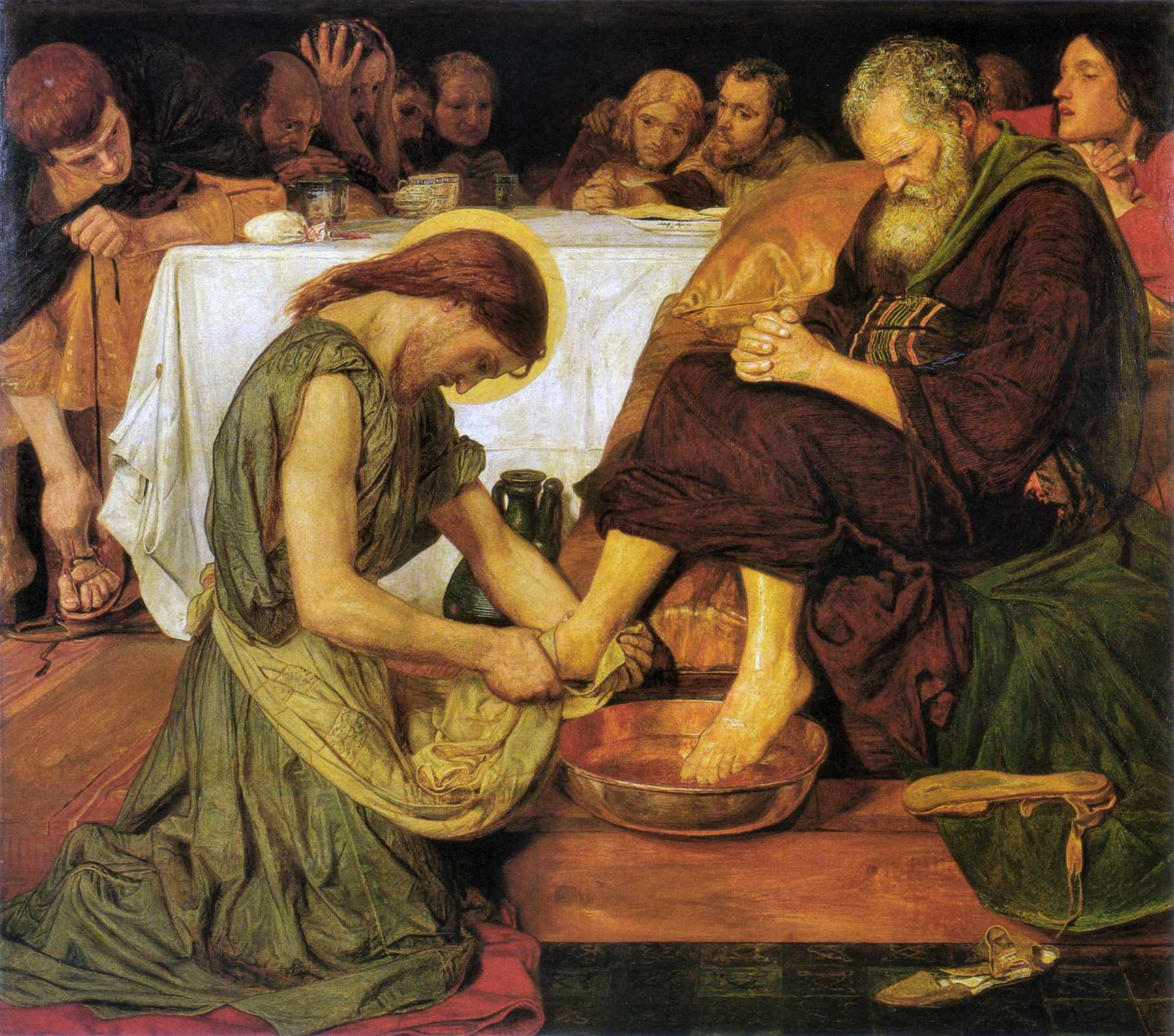|
Litany Of Loreto
The Litany of the Blessed Virgin Mary is a Marian litany originally approved in 1587 by Pope Sixtus V. It is also known as the Litany of Loreto (Latin: ''Litaniæ lauretanæ''), after its first-known place of origin, the Shrine of Our Lady of Loreto (Italy), where its usage was recorded as early as 1558. The litany contains many of the titles used formally and informally for the Virgin Mary, and would often be recited as a call and response chant in a group setting. The Litany of the Blessed Virgin Mary has also been set to music by composers such as Giovanni Pierluigi da Palestrina, Marc-Antoine Charpentier, Wolfgang Amadeus Mozart (who composed two settings), Jan Dismas Zelenka, Joseph Auer, and Johannes Habert. A partial indulgence is granted to those who recite this litany. Background According to ''Directory on Popular Piety'': Litanies are to be found among the prayers to the Blessed Virgin recommended by the Magisterium. These consist in a long series of invocations of ... [...More Info...] [...Related Items...] OR: [Wikipedia] [Google] [Baidu] |
Theotokos
''Theotokos'' (Greek: ) is a title of Mary, mother of Jesus, used especially in Eastern Christianity. The usual Latin translations are ''Dei Genitrix'' or ''Deipara'' (approximately "parent (fem.) of God"). Familiar English translations are "Mother of God" or "God-bearer" – but these both have different literal equivalents in Greek, Μήτηρ Θεοῦ and Θεοφόρος ("Who gave birth to one who was God", "Whose child was God", respectively). The title has been in use since the 3rd century, in the Syriac tradition (as ) in the Liturgy of Mari and Addai (3rd century)''Addai and Mari, Liturgy of''. Cross, F. L., ed. ''The Oxford Dictionary of the Christian Church''. Oxford University Press. 2005. and the Liturgy of St James (4th century). The Council of Ephesus in AD 431 decreed that Mary is the ''Theotokos'' because Her Son Jesus is both God and man: one divine person from two natures (divine and human) intimately and hypostatically united. The title of Mother o ... [...More Info...] [...Related Items...] OR: [Wikipedia] [Google] [Baidu] |
Apostolic Age
Christianity in the 1st century covers the formative history of Christianity from the start of the ministry of Jesus (–29 AD) to the death of the last of the Twelve Apostles () and is thus also known as the Apostolic Age. Early Christianity developed out of the eschatological ministry of Jesus. Subsequent to Jesus' death, his earliest followers formed an apocalyptic messianic Jewish sect during the late Second Temple period of the 1st century. Initially believing that Jesus' resurrection was the start of the end time, their beliefs soon changed in the expected Second Coming of Jesus and the start of God's Kingdom at a later point in time. Paul the Apostle, a Pharisee Jew who had persecuted the early Jewish Christians, converted –36 and started to proselytize among the Gentiles. According to Paul, Gentile converts could be allowed exemption from Jewish commandments, arguing that all are justified by their faith in Jesus. This was part of a gradual split of early C ... [...More Info...] [...Related Items...] OR: [Wikipedia] [Google] [Baidu] |


